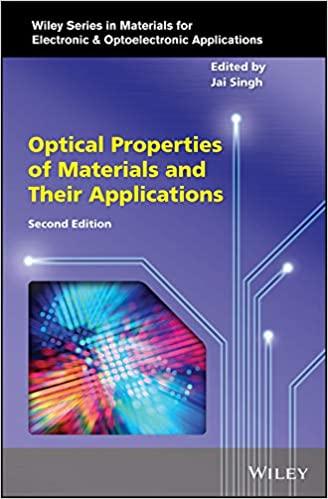Answered step by step
Verified Expert Solution
Question
1 Approved Answer
The Stern-Gerlach experiment of 1922 provided evidence that angular momentum was quantized, but the theory predicting its result turned out to be incorrectthe beam of

Step by Step Solution
There are 3 Steps involved in it
Step: 1

Get Instant Access to Expert-Tailored Solutions
See step-by-step solutions with expert insights and AI powered tools for academic success
Step: 2

Step: 3

Ace Your Homework with AI
Get the answers you need in no time with our AI-driven, step-by-step assistance
Get Started


